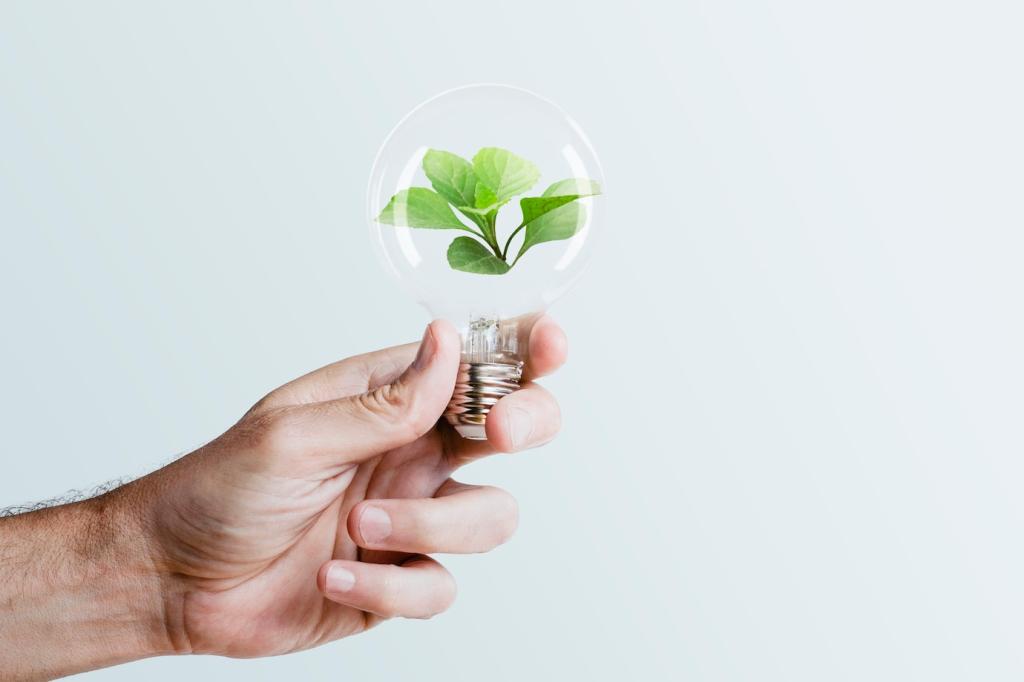This website uses cookies so that we can provide you with the best user experience possible. Cookie information is stored in your browser and performs functions such as recognising you when you return to our website and helping our team to understand which sections of the website you find most interesting and useful.

Green Home Design: Pioneering Sustainable Material Solutions
Green home design is reshaping the future of residential living by integrating sustainable materials and practices that prioritize environmental responsibility, energy efficiency, and innovative solutions. As global awareness of climate change intensifies, homeowners, architects, and builders are increasingly seeking ways to minimize ecological footprints without compromising style, comfort, or durability. This approach not only benefits the planet but also enhances the quality of life for occupants by creating healthier, more resource-efficient environments. Through thoughtful selection of advanced sustainable materials, green home design sets a new standard for responsible construction, fostering homes that harmonize with nature and stand resiliently for generations to come.
Innovative Eco-Friendly Building Materials
Bamboo: A Rapidly Renewable Resource



